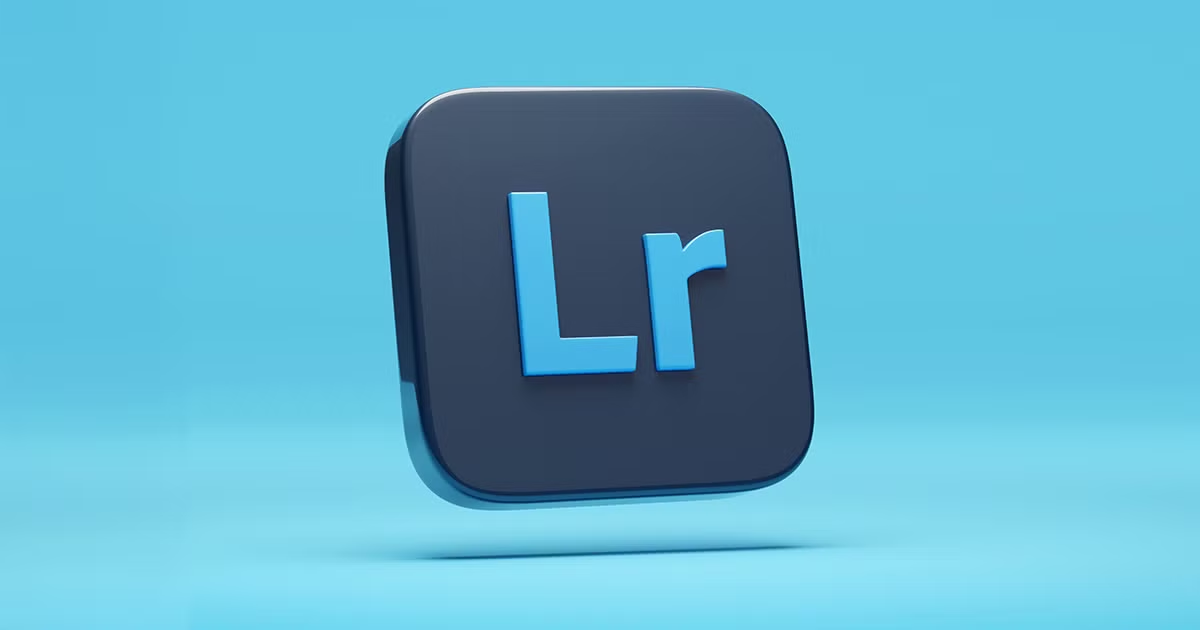Windows updates are supposed to make your system faster, more secure, and more reliable. But sometimes, they do the exact opposite—causing slowdowns, crashes, or simply refusing to install. If you’re staring at yet another windows update error, you’re not alone. From everyday users to IT professionals, this is a headache that strikes across the board.
In this article, we’ll explore the most common Windows update problems and how to fix them using simple steps, system tools, and powerful third-party utilities like WinfrGUI. Whether you’re dealing with a stuck update, repeated error messages, or corrupted system files, these trusted fixes will get your system back on track quickly.
Why Do Windows Updates Break So Often?
Windows updates are a complex mix of security patches, driver updates, and feature enhancements. But because of the diversity of PC hardware and software configurations, it’s almost impossible for updates to be perfect for every machine.
Here are some common causes of update issues:
- Incompatible drivers or software
- Corrupted system files
- Incomplete previous updates
- Insufficient disk space
- Network connectivity issues
When something goes wrong, Windows will usually display a windows update error code like 0x80070643, 0x80070020, or 0x800f0922—cryptic messages that don’t mean much to the average user.
READ ALSO: SSIS 858: The Data Integration Powerhouse You’ve Been Missing
Quick Fixes for Common Windows Update Errors
Let’s walk through the most effective solutions for fixing broken Windows updates.
1. Restart Your PC
It might sound too simple, but many update issues resolve themselves after a full reboot. Windows often needs to restart to apply changes or clean up old update files. Be sure to restart—not just shut down and turn on—your computer.
2. Run the Windows Update Troubleshooter
Microsoft includes a built-in troubleshooter designed specifically for diagnosing update problems:
- Go to Settings → Update & Security → Troubleshoot → Additional troubleshooters
- Select Windows Update and run the troubleshooter
- Follow on-screen instructions
This tool can automatically detect and fix issues like missing update files or misconfigured services.
3. Clear the Windows Update Cache
Sometimes, the downloaded update files themselves are corrupt. Clearing the cache can force Windows to re-download updates:
- Open Command Prompt as Administrator.
- Type the following commands one by one:
bash
CopyEdit
net stop wuauserv
net stop bits
- Navigate to C:\Windows\SoftwareDistribution and delete all contents in the folder.
- Restart the services:
bash
CopyEdit
net start wuauserv
net start bits
This effectively resets the update process and can eliminate persistent windows update error codes.
4. Free Up Disk Space
A full or nearly-full hard drive can prevent updates from installing. Use Disk Cleanup or Storage Sense to remove unnecessary files:
- Go to Settings → System → Storage
- Enable Storage Sense or click Temporary files to manually clear space
Make sure you have at least 10–15 GB of free space before attempting a major update.
5. Use WinfrGUI to Recover Lost or Corrupted Update Files
In some cases, essential system files or update packages may be accidentally deleted or corrupted—especially during a failed update or a system crash. This is where a reliable recovery tool like WinfrGUI comes into play.
WinfrGUI is a free, user-friendly file recovery tool designed for Windows systems. Here’s how it can help with update issues:
- Recover lost system files or update installers from deleted partitions
- Restore important documents or data lost during a failed update
- Deep-scan formatted or damaged drives to retrieve essential files
To use WinfrGUI:
- Download and install it on your PC.
- Select the drive to scan (typically C:).
- Choose scan mode (Quick or Deep).
- Preview and recover the files you need.
Even if a Windows update has caused unexpected file loss or rollback, WinfrGUI can help get your system and files back to normal.
6. Manually Download the Update
If automatic updates keep failing, you can manually install updates using the Microsoft Update Catalog:
- Visit https://www.catalog.update.microsoft.com/
- Search for the update using the KB (Knowledge Base) number (e.g., KB5021234)
- Download and run the installer manually
This can bypass broken update processes and resolve errors that don’t respond to automated tools.
7. Use System File Checker (SFC) and DISM
Corrupted system files can disrupt updates. Use these built-in tools to fix file integrity:
- Open Command Prompt as Administrator.
- Run:
bash
CopyEdit
sfc /scannow
- If issues are found and not fixed, run:
bash
CopyEdit
DISM /Online /Cleanup-Image /RestoreHealth
These utilities repair the Windows image and can restore missing or corrupted files necessary for updates.
Preventing Future Windows Update Errors
Once you’ve resolved your current issue, take steps to prevent future breakdowns:
- Schedule updates during non-working hours to avoid interruptions.
- Keep drivers and software updated to reduce compatibility issues.
- Regularly back up your data in case of update-related crashes.
- Create a system restore point before installing major updates.
By staying proactive, you can minimize the chances of facing yet another broken update in the future.
Final Thoughts
Windows update issues can be infuriating, especially when they happen repeatedly. But with the right tools and troubleshooting steps, you can fix them quickly and avoid long-term problems. Built-in tools like the Windows Update Troubleshooter and SFC can go a long way, but when deeper file recovery is needed, WinfrGUI provides a powerful solution that even non-technical users can rely on.
So the next time your system throws a windows update error, don’t panic. Follow these trusted fixes, restore your peace of mind—and most importantly, get your PC running smoothly again.
YOU MAY ALSO LIKE: How to Get High-Quality IPv4 Proxies and Set Them Up?











